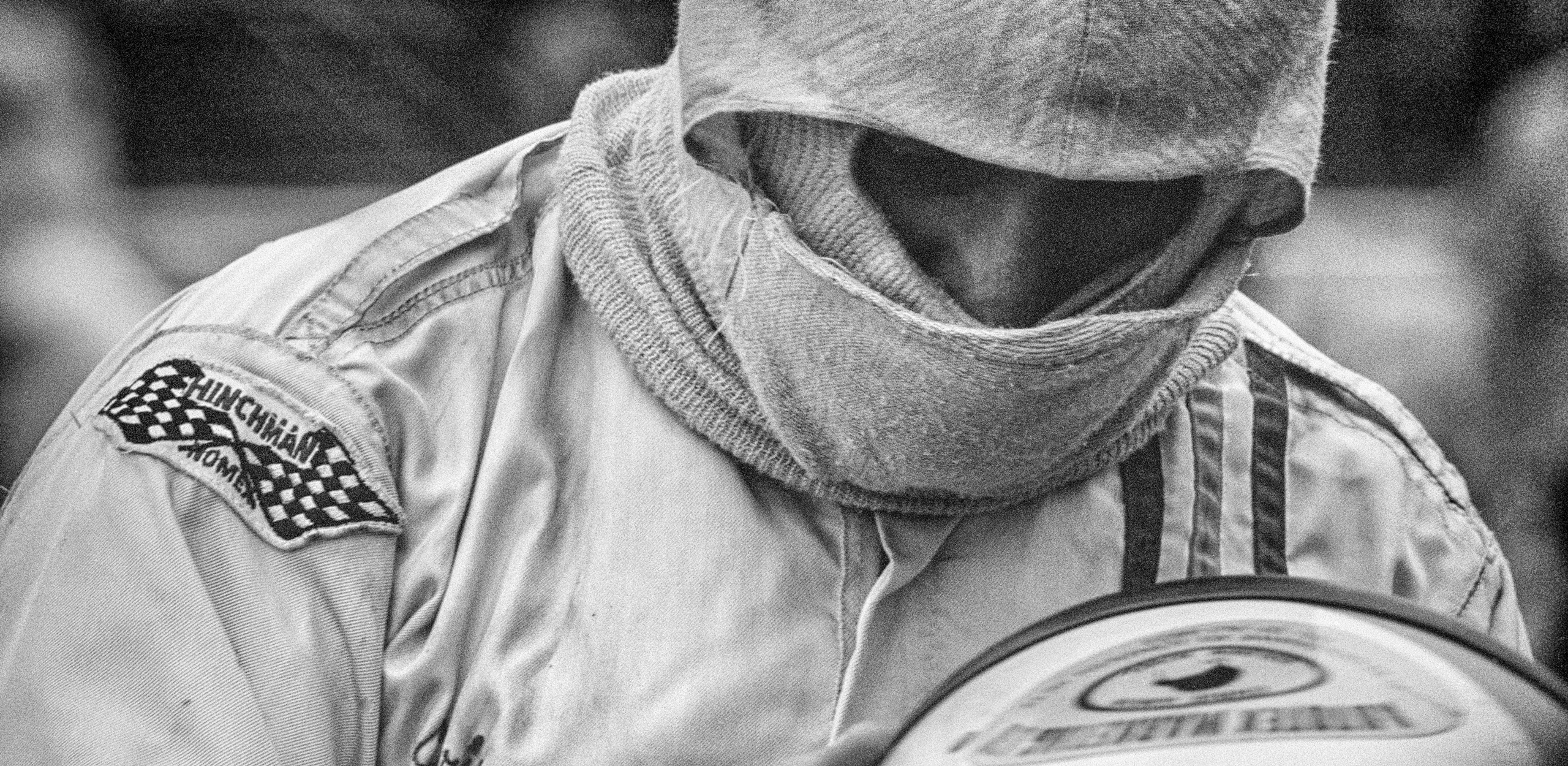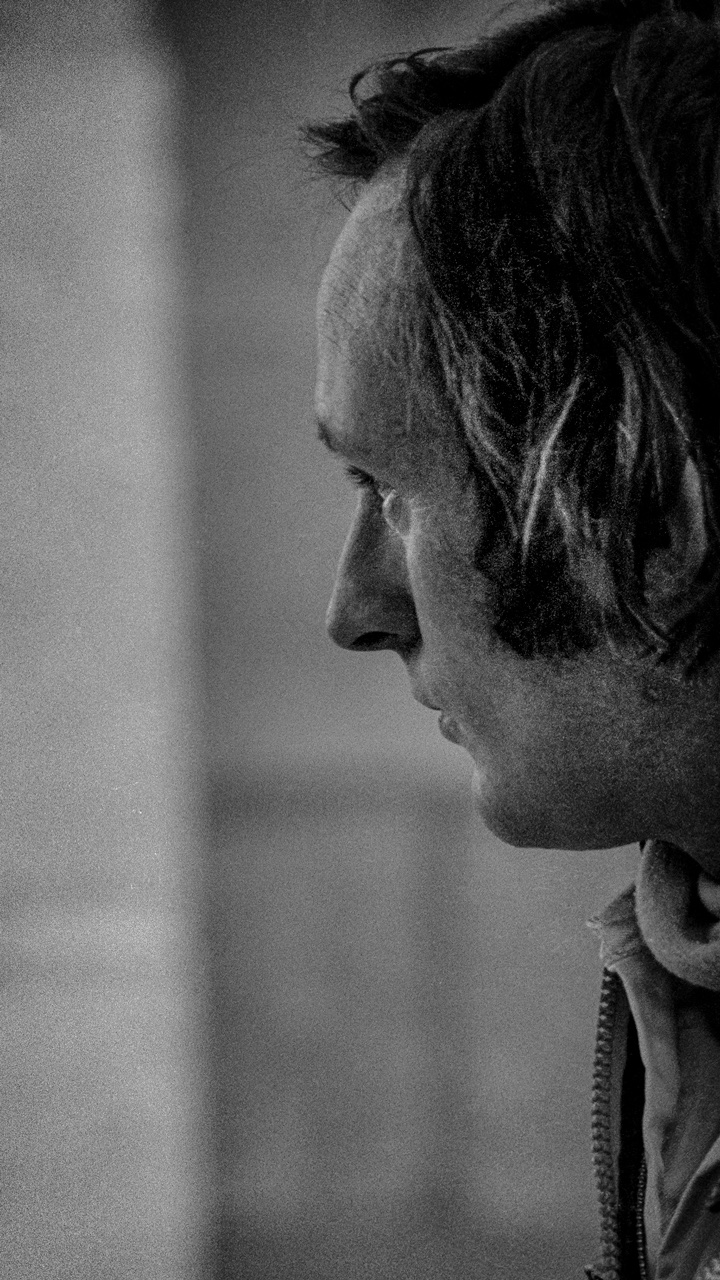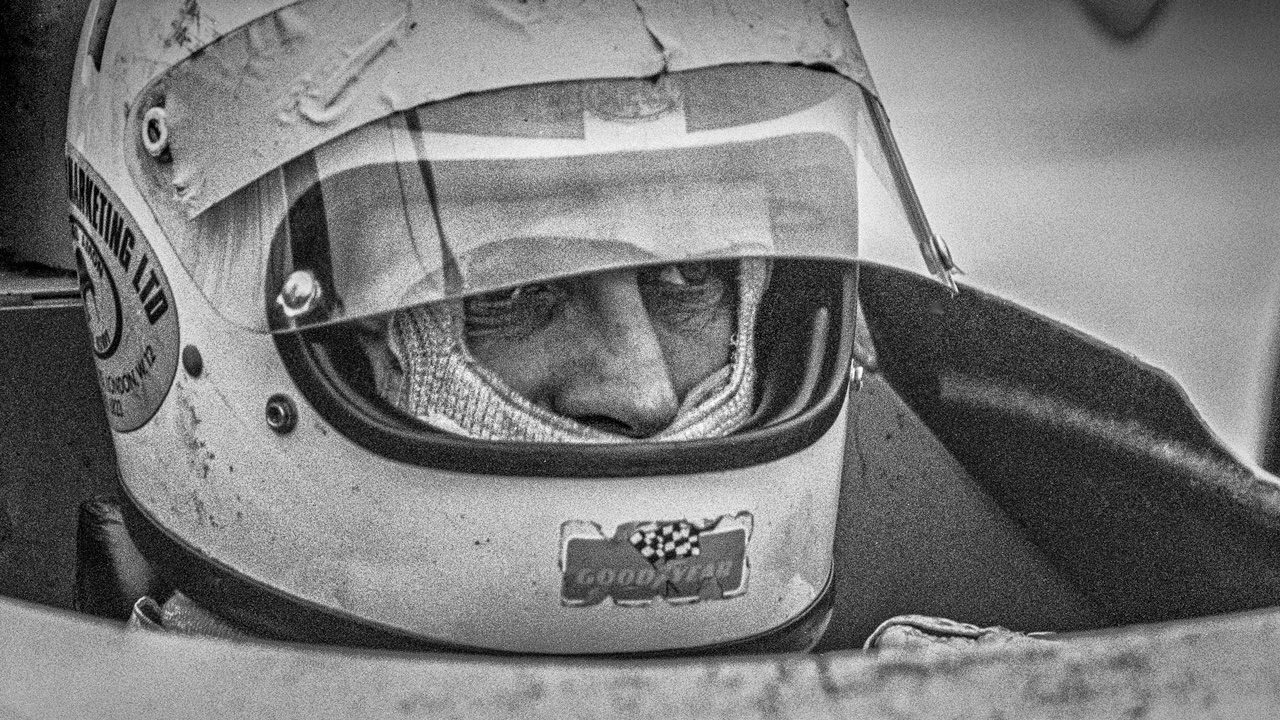
Chris Amon, hailed throughout the professional racing world as the best driver never to win a world championship points Grand Prix, passed away quietly this morning with his family by his side in his beloved New Zealand. He was 73.
The magnificent Kiwi stood on the Grand Prix podium 11 times for the Ferrari, March, and Matra teams, and also won the 1966 Le Mans 24 Hours sharing a Ford GT40 with compatriot Bruce McLaren. He would also win the Silverstone International Trophy, the 1000km Monza, the Daytona 24 Hours, and the Tasman Series.
Christopher Arthur Amon, MBE, was born in Bulls on July 20, 1943, the son of wealthy sheep farmer Ngaio Amon. He was taught to drive by a shepherd on the farm at the age of six, and at 19, flew by invitation to Europe to launch his international racing career.
There, he joined with fellow Kiwis Bruce McLaren and Denny Hulme to challenge the best Europe had to offer. Despite McLaren’s precocious mechanical and driving talents, and Hulme’s 1967 World Drivers’ Championship, it quickly became apparent to his fellow competitors and team owners that Amon possessed natural pace that eclipsed his fellow Kiwis, and a consummate ability to feel what his car needed to amplify this speed. Before long, three-times F1 world champion Sir Jackie Stewart would declare, “Chris is one of the most skillful and natural drivers ever to grace Formula One.’’
To the Formula One fraternities’ dismay, Amon’s prodigious speed was negated by his failed instinct for moving to the right team with the right equipment at the right time. It was fundamental for winning the championship and Amon’s career was defined by choosing to leave teams just as the came right and joining teams as they came upon lean years. In all 3 second places and 8 third places were the totals of his career placings between his debut in 1963 and his retirement in 1976. By remaining with those teams or accepting better offers, Chris Amon could have easily have won 20 Grands Prix.
Amon, just 19, arrived in Europe at the invitation of Reg Parnell, the English team manager, who offered him a seat driving a year-old Lola-Climax in his privateer Formula One team for 1963 season.
He had begun racing in 1961, at age 17, racing a £800 Maserati 250F. He also bought a wrecked 1.5 F1 Cooper-Climax, repaired it and entered the Tasman Series (a sort of winter series for the Grand Prix aces). It was there that Parnell received an eyeful of Amon’s raw talent, declaring to one and all that he’d never seen anyone drive a 250F like that since Fangio. Parnell would call Amon 10 days before the 1963 Easter Monday Goodwood non-championship F1 race saying, ‘get on a plane and get over here.’ He finished fifth in the Glover Trophy F1 race behind winner Innes Ireland with Amon one place ahead of Jack Brabham. He made his championship debut in the Belgian Grand Prix. Just three years after sitting in his first race car, he became a Formula One driver. He wouldn’t return to his home, except for a few quick winter stopovers, for 14 years.
Two more years with Parnell led to side drives in Can-Am with McLaren and then partnering with Bruce to score his major international victory at LeMans in the Ford GT40.
Shortly after his victory, Ferrari called and kept calling.
Amon reluctantly left McLaren when he couldn’t resist Ferrari’s siren song any longer. The marque had seemed magical to the young lad in New Zealand and now without any solicitation from him, they were asking for him to sign a driving contract. He leaped into the fray.
He was quick straight way early in 1967 driving the Ferrari 330 P4, winning both the Daytona 24 Hours and the Monza 1000kms. He was promoted along with teammate Lorenzo Bandini to Ferrari’s F1 team as the fourth driver. When Bandini perished at the Monaco GP, 24-year-old Amon became Ferrari’s team leader. He would go on to finish fifth in the world championship, with four third places and ominously, a near win the United States Grand Prix lost to an engine bearing failure.
The 1968 title should have gone to Amon. He had clicked with Ferrari engineer Mauro Forghieri, who went on record saying that Amon was equal to Clark or Stewart. Indeed, Amon and his 48-valve V-12 312, complete with a rudimentary rear wing was on the front row in eight of 11 races including pole positions at Spain, Belgium and the Dutch GP. He lost Spain while leading by almost a minute when a fuel pump fuse failed. At Spa, he took pole by four seconds, but a punctured radiator stole the victory. In Canada, a clutch plate fork failed, and he nursed the car to a lead of over a minute before the gearbox exploded. In a season where Amon and his Ferrari were the most formidable combination, his car’s fragility taunted his talent and tortured his soul. His second place in the British GP at Brands Hatch behind Jo Siffert’s Lotus 49B were his only points of the season. 1969 was even more of a disaster; seven races, a single third place, six mechanical failures; disillusioned Amon walked away from Ferrari midseason.
Amon opted to join March Engineering’s new F1 team in 1970, but the team was underfunded; the cars fragile. He finished second twice and a third once and left the team to join the French Matra squad in 1971. He found solace with there, and by mid-1972, Amon was looking for great results. His moment seemed to arrive in France. He put the new overweight and thirsty M120D on the pole a second ahead of the field, and at the start simply drove away from the pack. On the 18th lap, he had a puncture, pitted and rejoined in eighth. He then proceeded to break and re-break the lap record as climbed back to third, nearly passing Fittipaldi for second at the checkers.
Amon stated later that he lost interest in F1 after that amazing display, feeling that if he couldn’t win on that day, with that performance, it wasn’t in the cards. He would pass through Tecno, Tyrrell, BRM, Ensign and a halfhearted attempt to start his Amon team with the AF101, but his long-stretched ties to family and New Zealand were calling him home.
The last straw broke in 1976 at the Nurburgring after he saw Niki Lauda pulled from burning Ferrari. He retired on the spot. For all of the racing misfortunes suffered by Amon, none took his life, yet the loss of so many of his friends, among them Bandini, McLaren, Clark, Schlesser, Courage, and Cevert weighed heavily on his heart. He returned to his family farm. He lost fellow Kiwi F1 star Denny Hulme in 1992. He was made an MBE for his services to motorsport in 1993.

Years later, he spoke about those days to journalist Mark Hughes.
“You know, people say I was unlucky: I’m actually lucky that I’m still here. As the years go by you, tend to think more and more of the ones who are not here. I’ve got a lot to be thankful for.”
Now the three Kiwi lads are back together, trading stories of their harrowing days in the 60’s when life was at its most expendable, and surely tearing up the roads of Heaven as they try to prove who is still the quickest.

Race in peace, Chris.